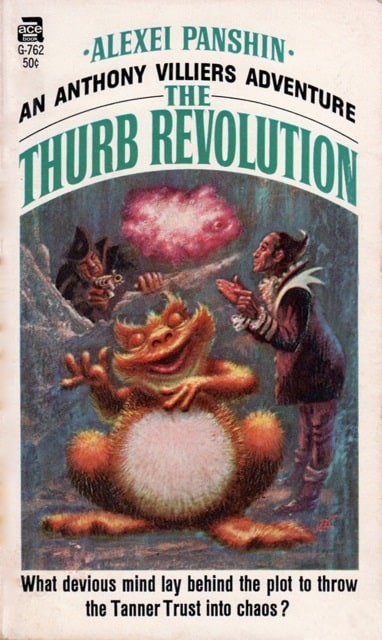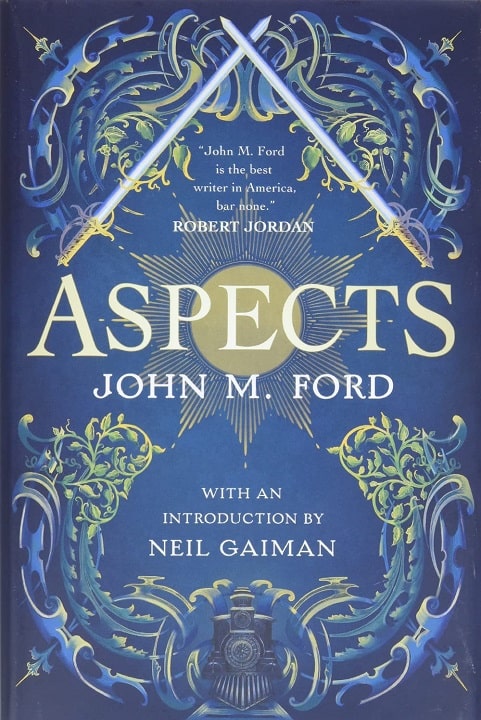Retro-Review: Universe, September 1953
 |
 |
Universe, September 1953. Cover by Robert Gibson Jones
Universe was one of the many new science fiction magazines that appeared in the early 1950s. It was founded by Ray Palmer, the notorious editor of Amazing Stories during the 1940s, reviled for his promotion of the “Shaver Mystery” (about a race of people living underground.) He left Amazing when the publisher, Ziff-Davis, moved to New York. Palmer stayed in Chicago and started a magazine called Other Worlds Science Stories (published by Clark Publications.) Financial troubles led to the demise (temporarily, it turned out) of Other Worlds, and a new company, Bell Publications, was founded, and published two magazines: Science Stories, and Universe. The company was soon renamed Palmer Publications. Science Stories lasted four issues, and Universe ten, after which Palmer returned to the name Other Worlds Science Stories.
The editor at the beginning was “George Bell,” which meant Ray Palmer and Bea Mahaffey. After two issues of Universe, the editors were credited under their real names. Mahaffey was Palmer’s co-editor at Other Worlds, Science Stories, Universe, and another publication, Mystic Magazine, from late 1952 into 1955, at which time Palmer’s continuing financial issues caused him to lay her off. She is often credited with being the primary fiction editor of those magazines, and there is little disputing that the quality of the fiction was higher during her tenure than in Amazing before that, or in Palmer’s magazines after she was let go.











